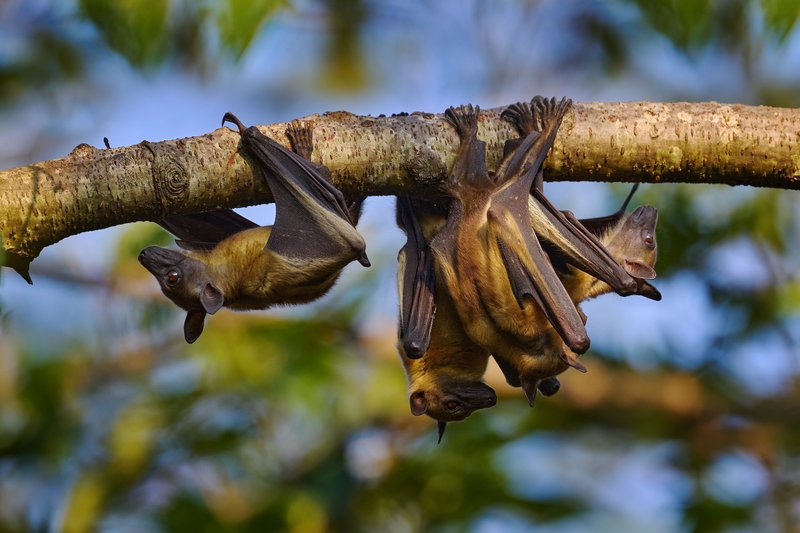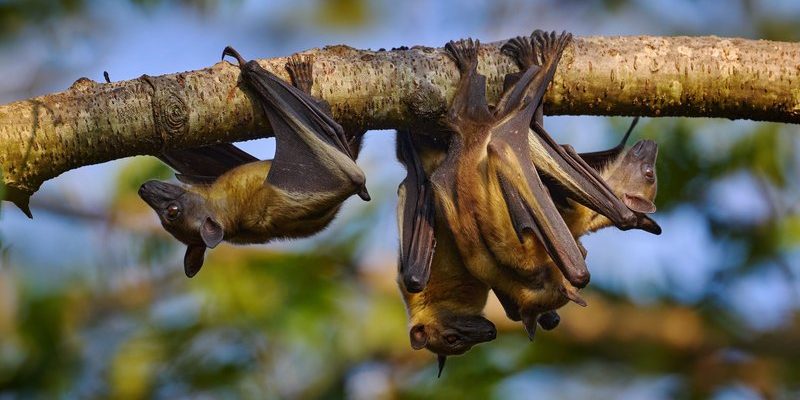
In cultures around the world, bats have been depicted in ways that reflect our fears, interests, and even aspirations. They can represent everything from fear and death in certain myths to happiness and good fortune in others. You might be wondering why we associate these creatures with such contrasting themes. Well, let’s dive deeper into how bats have woven their way into our stories, traditions, and beliefs.
Bats In Ancient Mythology
Many ancient societies viewed bats through a mystical lens. For example, in Chinese mythology, bats are often associated with good luck and happiness. The character for “bat” (蝙蝠, biānfú) sounds similar to the word for happiness (福, fú). Therefore, placing bat symbols around your home is thought to invite prosperity. Imagine hanging a bat-shaped amulet in the entryway of your house, turning it into a charm for welcoming joy.
On the other hand, in Greek mythology, bats had a more sinister reputation. They were linked to the underground world, even associated with Hades, the god of the underworld. Just think of how bats might symbolize the passage between worlds, making them a fitting motif in tales of death and rebirth. The idea that they could flit between light and dark reflects deeper human fears about mortality.
Bats As Symbols Of Transformation
Bats also serve as potent symbols of transformation in various cultures. They are one of the few mammals capable of true flight, which makes them relatable to themes of freedom and change. In many Native American cultures, bats are seen as guides. For instance, the Hopi tribe views them as messengers of the spirit world, symbolizing the journey of transformation and new beginnings. Just like how a caterpillar transforms into a butterfly, bats remind us that change can lead to growth and development.
In modern storytelling, the bat often embodies this transformative power. Think of how characters in literature or movies undergo significant changes while facing their fears. The bat’s ability to navigate both darkness and light can symbolize the inner journey we all experience as we confront challenges and emerge stronger on the other side.
Bats In Folklore And Superstitions
Throughout history, bats have been tangled in a web of folklore and superstitions. In many European cultures, bats are linked to witchcraft and the supernatural. Some believe that seeing a bat means bad luck or even an omen of death. This fear likely stems from their nocturnal habits and association with dark places, like caves and abandoned buildings. It’s easy to see how they became symbols of the unknown and even the creepy.
Conversely, in parts of North America, Native American tribes often celebrate bats. They are seen as protectors that ward off negative energies. Take the Zuni tribe, for example, which holds bats in high regard for their role in controlling pests and maintaining balance in nature. This positive view reminds us that cultural context is everything—what one group sees as a harbinger of doom, another may view as a valuable ally.
Bats In Art And Literature
Bats have also made their way into art and literature, where they often play symbolic roles. Think about how Edgar Allan Poe’s “The Raven” captures the bird’s association with death and mystery. While not about bats directly, similar themes emerge when bats are featured in stories, art, or folklore. They’re often depicted in dark, shadowy hues, highlighting their connection to the unknown and the eerie.
In contemporary art, bats can serve as metaphors for various themes. For instance, they might represent the complexities of human nature, caught between the light and darkness. This duality makes them a popular choice among artists, allowing for exploration into topics like fear, freedom, and the subconscious. So next time you see a bat in a painting or film, think about what deeper meanings it might convey.
Modern Cultural Representations of Bats
In modern culture, bats have taken on a life of their own, especially in movies and Halloween folklore. Who can forget Count Dracula and his ability to transform into a bat? This portrayal further cements their place in the realm of the macabre. Bats have become synonymous with horror, but ironically, they’re also becoming symbols of conservation. Many organizations work to protect bat populations, emphasizing their importance in pollination and pest control.
Additionally, the rise of superhero culture has transformed bats into something heroic. With Batman as a prime example, bats are no longer just dark omens; they’re powerful symbols of justice and resilience. This shift reveals how our understanding of bats continues to evolve, reflecting our changing values and insights about life and nature.
As we’ve explored, bats hold a unique place in culture and folklore, embodying a wide range of meanings that can be both good and bad. They represent transformation, fortune, fear, and even protection. Just like how life is full of contrasts, so too is the way we perceive bats. They serve as reminders of the complexity of our existence, teaching us that fear can coexist with admiration.
So, whether you see bats as creatures of the night or symbols of change, they invite us to look beyond the surface. Next time you hear a rustle in the dark or catch a glimpse of a bat in flight, think about the cultural stories and meanings that swirl around them. They’re not just animals; they’re a reflection of human experience and imagination, and that’s something worth celebrating.

